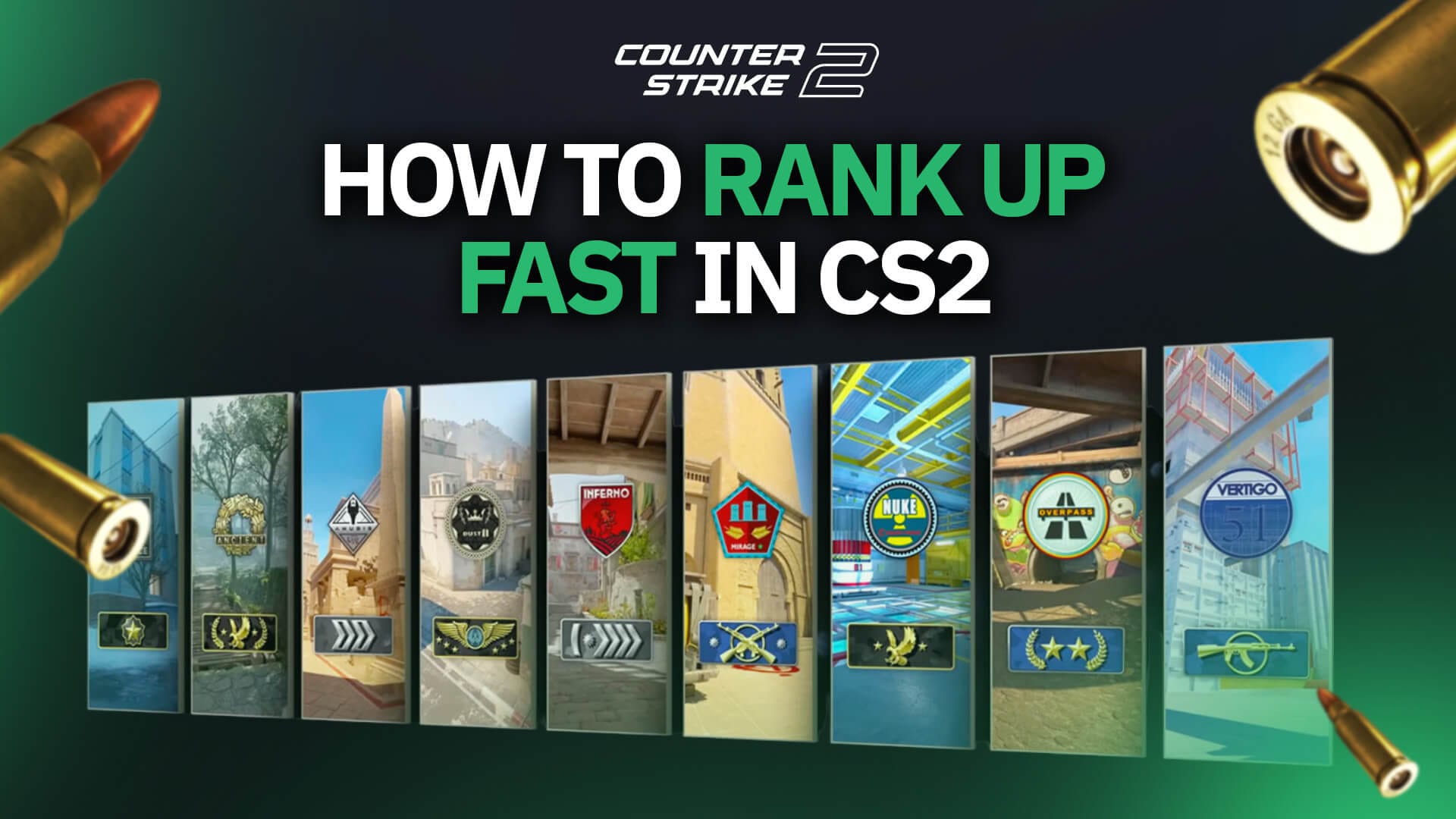BD Help Zone
Your go-to source for insightful news and information.
Map Veto Shenanigans: Navigating the Chaos of CS2 Choices
Dive into the wild world of CS2 map vetoes! Discover the chaos behind choices and unlock strategies that every player must know!
Understanding Map Veto Mechanics in CS2
Understanding map veto mechanics in CS2 is crucial for both casual and competitive players. This process begins during the map selection phase, where teams take turns banning maps from the pool. Typically, each team will dismiss a predetermined number of maps, often leading to an intense back-and-forth where strategic decisions come into play. Each veto reflects a team's strengths and weaknesses, as well as their preparation. Understanding which maps your team performs best on and identifying your opponents’ weak spots can significantly impact the outcome of the match.
Moreover, to make effective use of veto mechanics, players should familiarize themselves with the current meta and how different maps complement various playstyles. For instance, some teams excel on open maps that favor sniping and long-range engagements, while others might thrive in close-quarters combat. Keeping track of past matches and the performance on specific maps can provide invaluable insight when it comes to making informed veto decisions. In summary, mastering these mechanics is not just about eliminating maps, but rather crafting a strategy that maximizes your team's chances of winning.

Counter-Strike is a popular tactical first-person shooter game that emphasizes teamwork and strategy. Players can choose from various weapons, including the sawed off shotgun, which is known for its devastating close-range effectiveness. The game's competitive scene has garnered a massive following, making it a staple in esports.
Top Strategies for Effective Map Vetoes in Competitive Play
In competitive play, effective map vetoes can significantly impact a team's chances of victory. Understanding the dynamics of the game and the strengths and weaknesses of your team are crucial in this process. One of the top strategies involves analyzing your opponent's gameplay history; consider their favorite maps and the ones where they perform poorly. This can guide your decisions on what maps to eliminate. Additionally, team communication is key—ensure that all team members contribute to the veto discussion, as they may have insights into individual players' skills on certain maps.
Another strategy for effective map vetoes is to prioritize your team’s strengths. Before reaching the veto stage, assess which maps your team excels on and can execute strategies effectively. Use this information to prioritize your remaining options after eliminating the opponent's strengths. It's essential to create a balance between denying opponents' stronger maps while optimizing your chances on your best ones. Finally, remember to adapt and evolve your veto strategies based on ongoing trends and patch updates, as the meta can shift, making previously unfavorable maps more viable.
Map Veto: How to Make the Best Choices for Your Team
In competitive gaming, the Map Veto process is crucial for teams looking to secure an advantage before the match even begins. Understanding the strengths and weaknesses of each player on your team is key when selecting maps. Start by evaluating the individual performance metrics and preferences of your team members on different maps. This analysis can help you identify which maps you should prioritize banning and which ones to choose as your picks. Consider creating a Map Strategy document that outlines each player's comfort level on specific maps to facilitate better decision-making during the veto process.
Moreover, communication is vital. During the Map Veto phase, make sure to hold a team meeting to discuss potential strategies and counter-strategies against your opponents. Use a collaborative tool like a shared document or a voice chat platform to streamline the discussion. Here’s a simple checklist to follow during your meeting:
- Review opponent's past performances on various maps.
- Discuss your team's best maps and how they align with your opponents' weaknesses.
- Agree on a final map veto list to ensure everyone is on the same page.
By leveraging strong communication and collective insight, you can make informed decisions that enhance your team’s chances of victory.